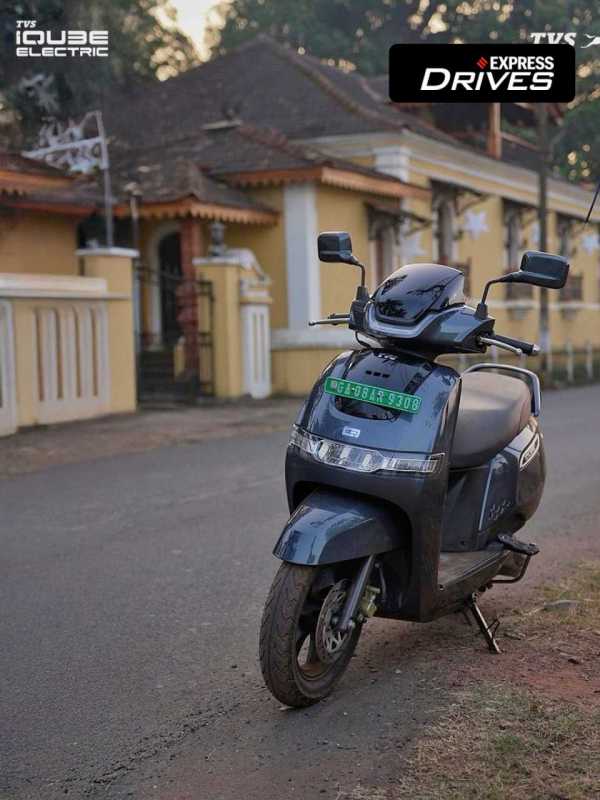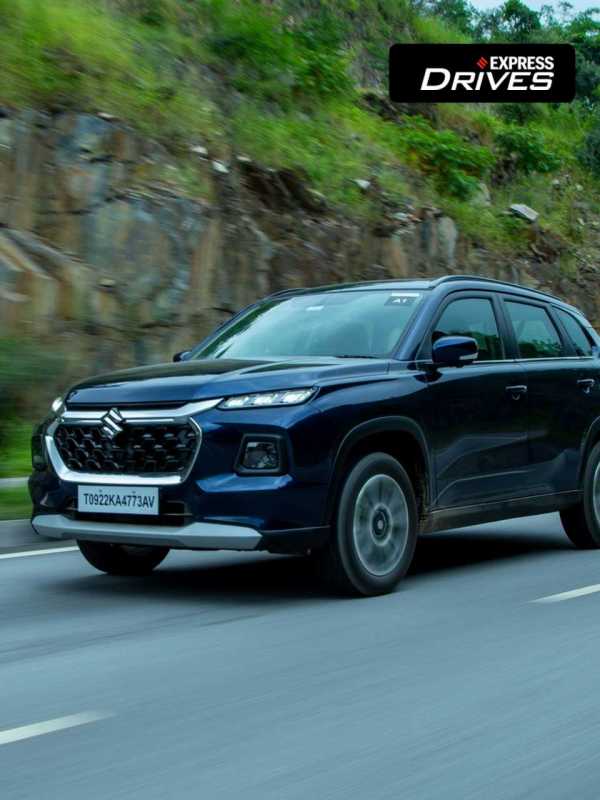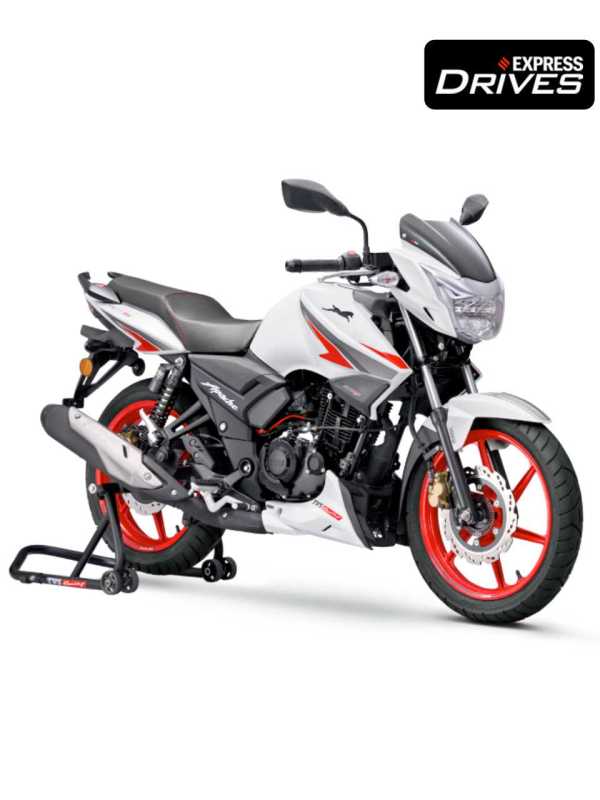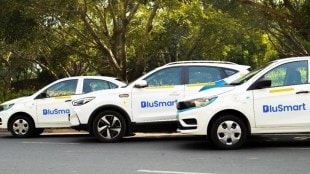The sales of electric vehicles in India across categories two-, three-, four-wheelers and buses have crossed the million-unit sales mark in FY2023. According to the data shared by the Society of Manufacturers of Electric Vehicles (SMEV), an industry body representing the Indian electric vehicle industry, sales in FY2023 were 1,152,021 units. This does not include sales of low-speed electric two- and three-wheelers.
In the electric two-wheeler segment, 7,26,976 units were sold across manufacturers. However, the adoption fell on a month-on-month basis over the annual minimum targets set by NITI Aayog and other research organisations.
SMEV says while the market has been making good progress in recent years toward a sustainable and greener future, industry experts and stakeholders are concerned that the momentum in electric two-wheeler adoption fell after the Indian festive season. The industry body says the drop in sales was not due to a lack of consumer demand but the “sudden withholding of more than the Rs 1,200 crore subsidy already passed on by the majority of OEMs to the customers on the pretext of delay in the localisation.”
An additional, Rs 400 crore was stuck for OEMs operating in the premium end due to allegation of under-invoicing to bypass the FAME norms leading to the crippling of their business operations, which led to an extreme shortage of working capital. At present, 16 companies that represent more than 95 percent of the industry are waiting for some resolution for the FAME PMP to get cleared that will enable them to plan their businesses for FY2024.
Sohinder Gill, DG, SMEV said, “Over the years, the electric two-wheeler industry has been catching pace and working relentlessly towards achieving the country’s mission of largely converting to electric. While all the earlier schemes since 2015 had a negligible effect on EV adoption, the revised FAME 2 in late 2020 had a dramatic effect on E2W adoption as it decreased their prices by around 35 percent. This started attracting the component supply chain that had earlier shunned anything to do with electric two-wheelers because of extremely low volumes and it is only in late 2021, suppliers started queuing up to OEMS to show their eagerness of developing EV components. It took most of these suppliers 12 to 18 months, the usual time that it takes to localise and now most of them have started setting up sufficient capacities.”
Gill further stated that during the same period, some individuals with malicious intent unleashed a campaign to put an immediate stop to the dream run for the reasons best known to them.
According to SMEV, the total EV sales constitute only 5 percent of the total vehicle sales (adoption) in FY2023, which was way behind the short-term target of 30 percent adoption. This it says makes the target of 80 percent EV adoption by 2030 look more like a mirage, ‘but all is not lost and what perhaps can put the industry back on track is a relaxation for the PMP eligibility criteria by 2 years and strictly enforcing it from April 2023.’ The PMP norms had asked for localisation of components starting 2021, which was challenging for the industry due to the lack of suppliers along with the challenge of the Covid-19 pandemic.
Future expectations
SMEV says that the absence of required local manufacturing capacity for vital components like batteries and motors is one of the major problems in the supply chain. Due to supply chain interruptions during a pandemic, the industry suffered greatly to find high-quality components. To develop a sustainable and effective supply chain, numerous ecosystem stakeholders have played a significant role. It says that the sector has significantly reduced its dependency on imports and is now self-sufficient, with the majority of the components being produced domestically.
The government’s decision on the continuation of the FAME scheme is a critical piece that will decide the fate of the entire EV industry and the market is eagerly waiting for clarity. The confusion is making it difficult for industry stakeholders to develop a long-term strategy. Any abrupt reduction in subsidies will have a significant influence on the growth trajectory and could jeopardise the government’s plan for e-mobility.
SMEV says it will have a negative effect and could completely eliminate a sizable portion of the market. In order to encourage the development of the EV ecosystem and make it self-sustaining, it is crucial to have an extension of the FAME scheme at least for the next 3–4 years.
SMEV strongly advocated for the ‘polluter pays’ principle, where a cess is levied on the sale of each ICE vehicle to create a fund for supporting green vehicles thereby reducing the burden.
Direct subsidy mechanism
Furthermore, the industry body has suggested changes in the subsidy payment mechanism. At present, EV makers pass the subsidy to the customer and claim it from the government posts the sale. This it says lacks transparency, which may lead to OEMs manipulating sales to claim the subsidy fraudulently. SMEV recommends the introduction of a direct subsidy mechanism that allows incentives to be directly paid to the customer by the government thus, avoiding any discrepancy.
Lastly, it welcomed the amendment made to the PLI scheme for automobiles and components, which previously restricted MSMEs and startups from participating in the scheme. It will create a level playing field for pure-play EV companies and allow them to compete with other players.




















